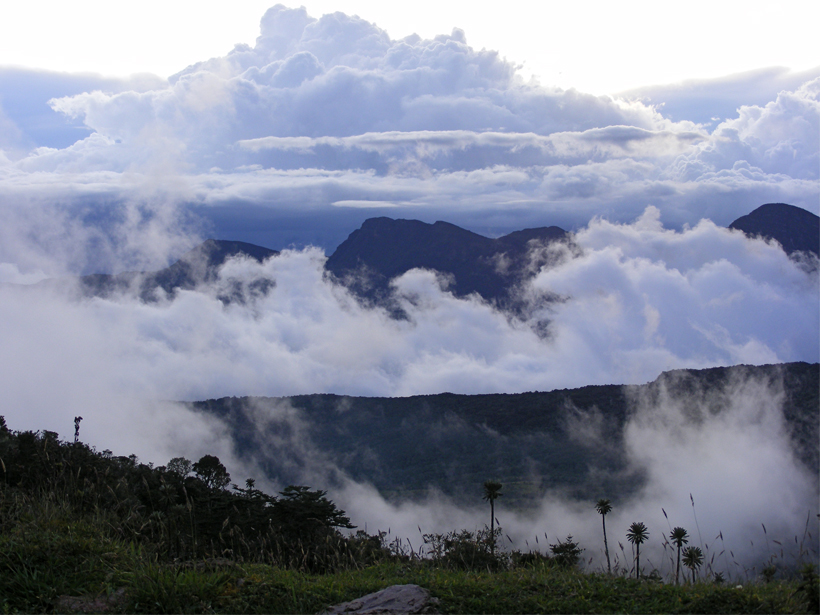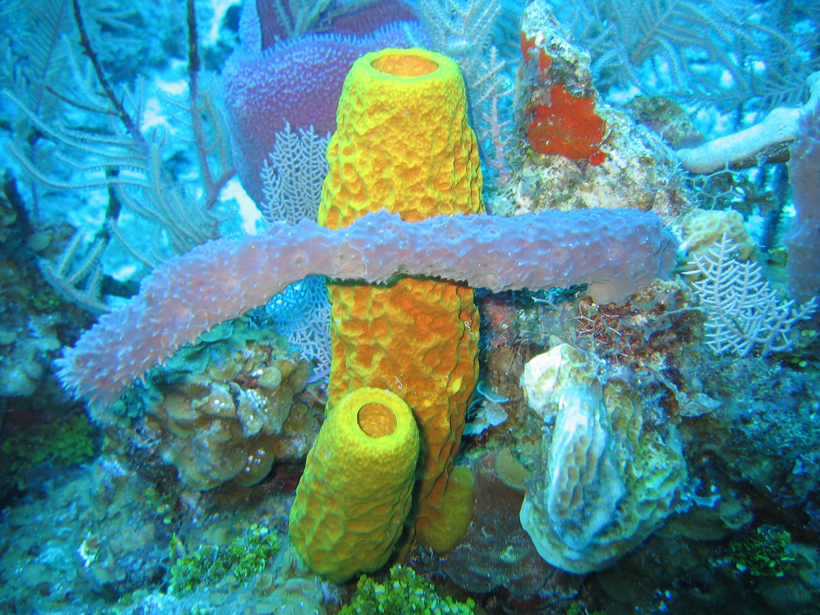In the Andes, islands in the sky flicker, and evolution kicks into high gear.
evolution
Posted inNews
Fossils Provide New Clues to Tibetan Plateau’s Evolution
The bones of ancient rhinos, elephants, and fish constrain when the Tibetan Plateau rose high enough to prevent migration, a move that forced animals to adapt to high-altitude conditions.
Posted inAGU News
Four Position Statements Approved by AGU Board of Directors
The American Geophysical Union updated one position statement and reaffirmed three others as written.
Posted inNews
Ancient Start of Animal Evolution Wasn't Delayed by Low Oxygen
New research finds that Earth had sufficient oxygen 1.4 billion years ago for animals to evolve. Therefore, low oxygen levels probably didn't hold back evolution, as scientists have long thought.




